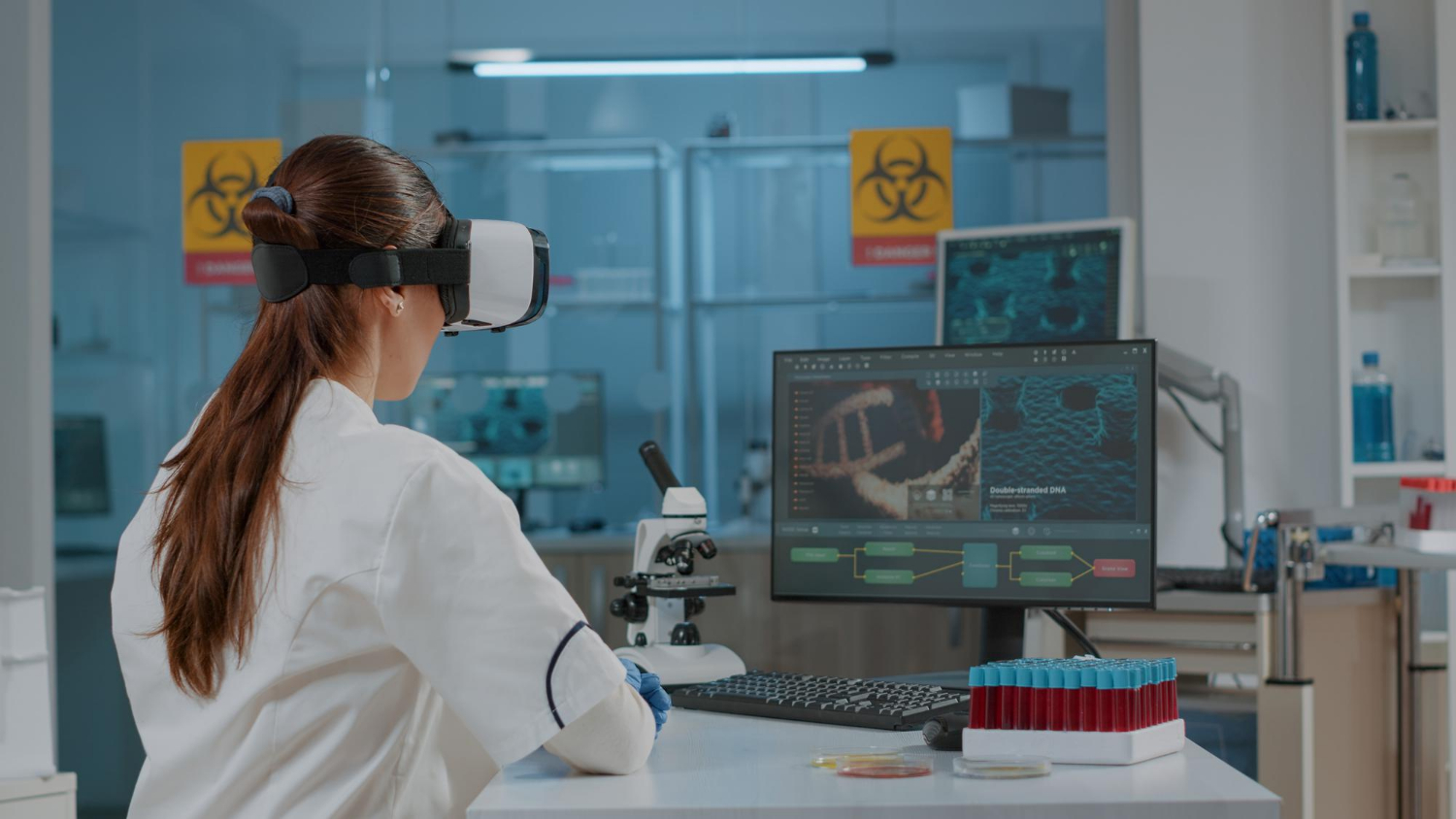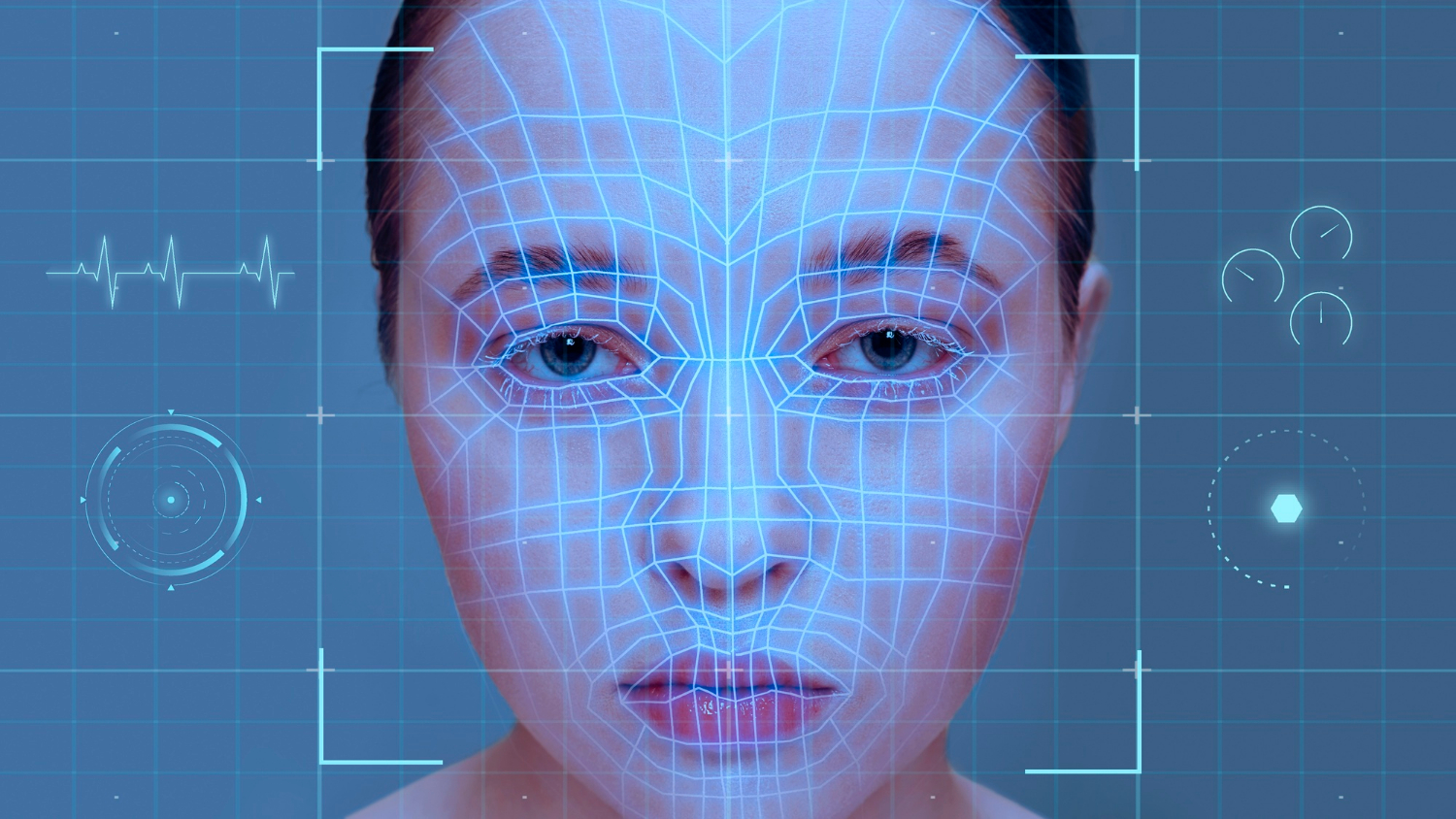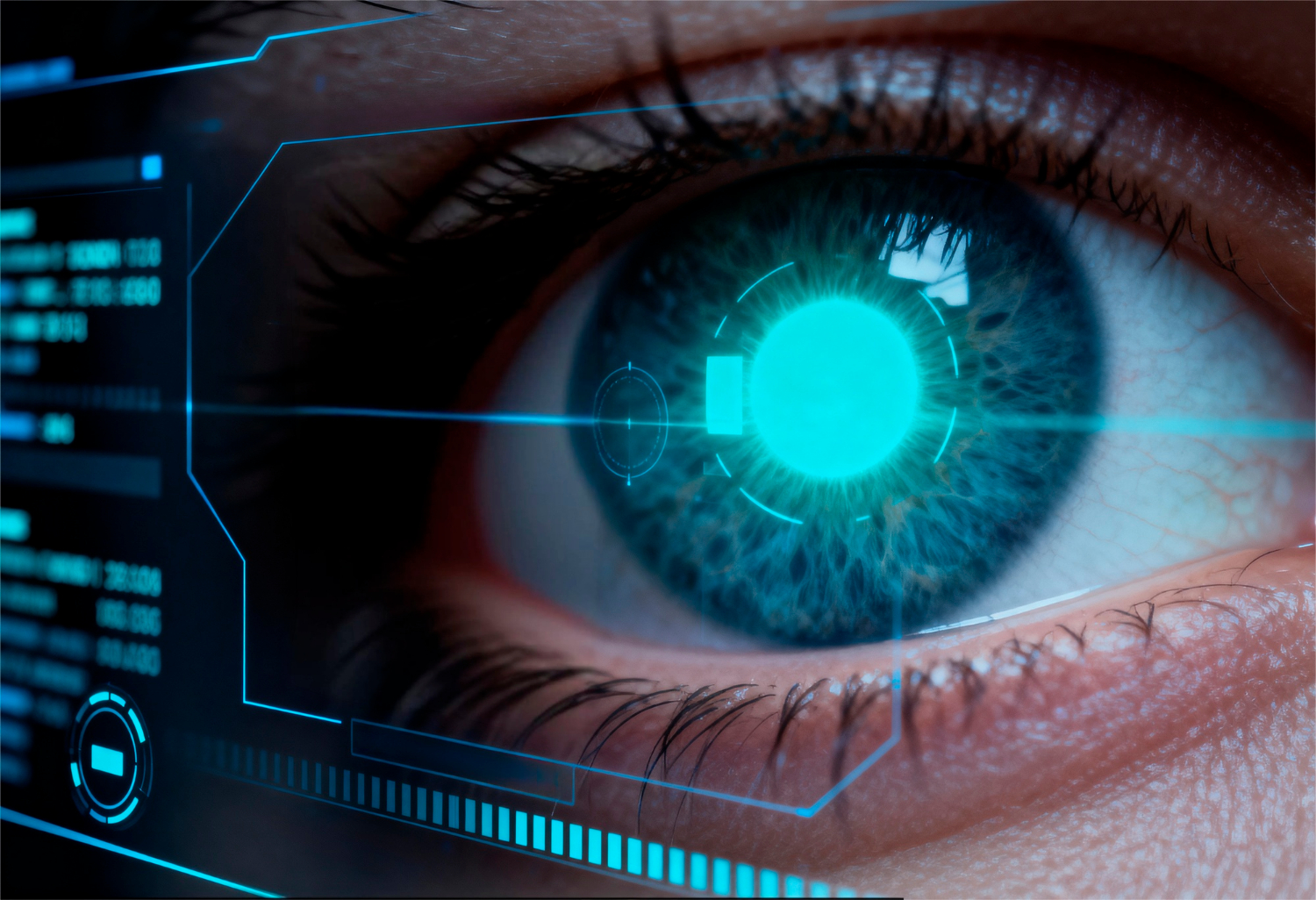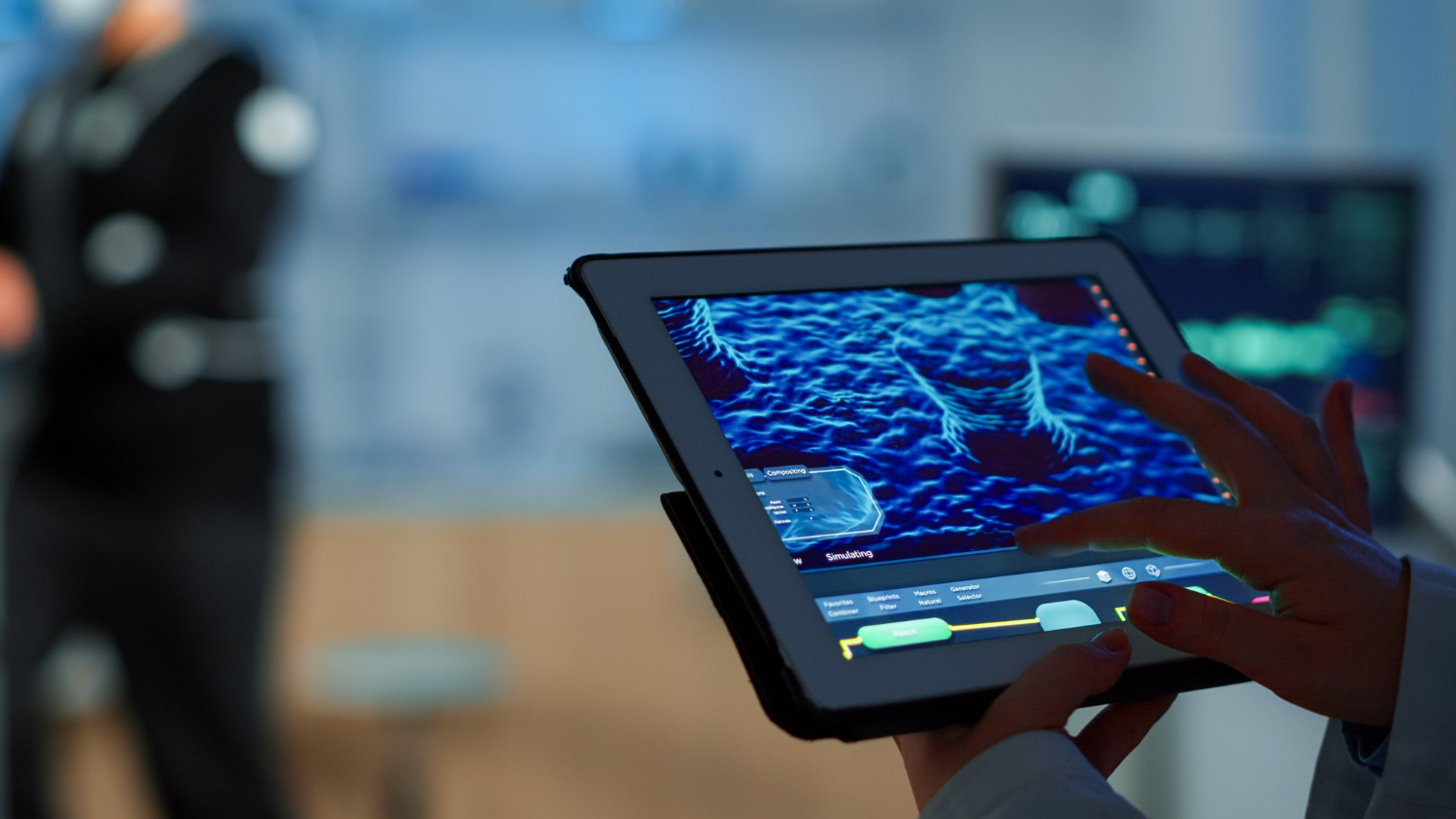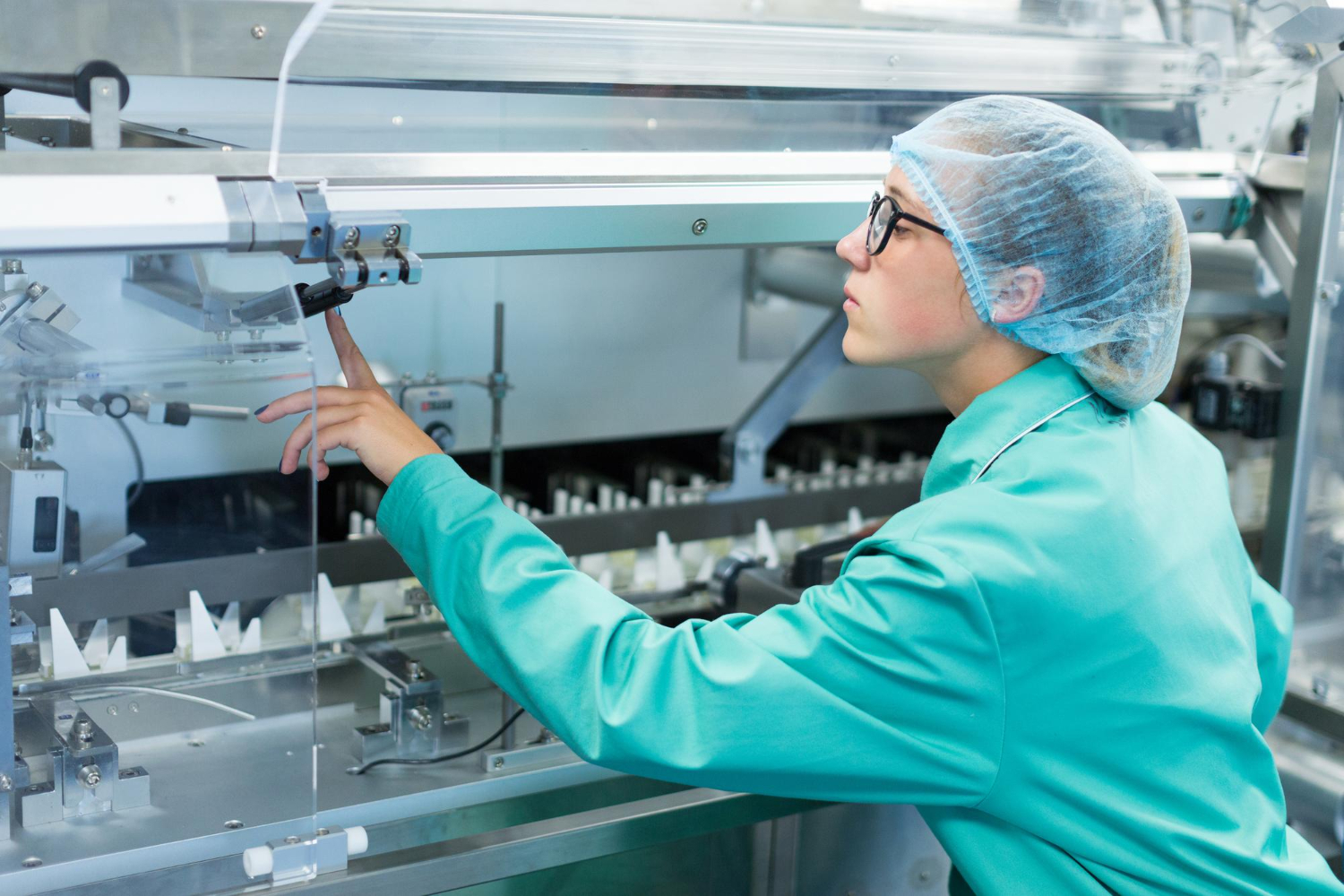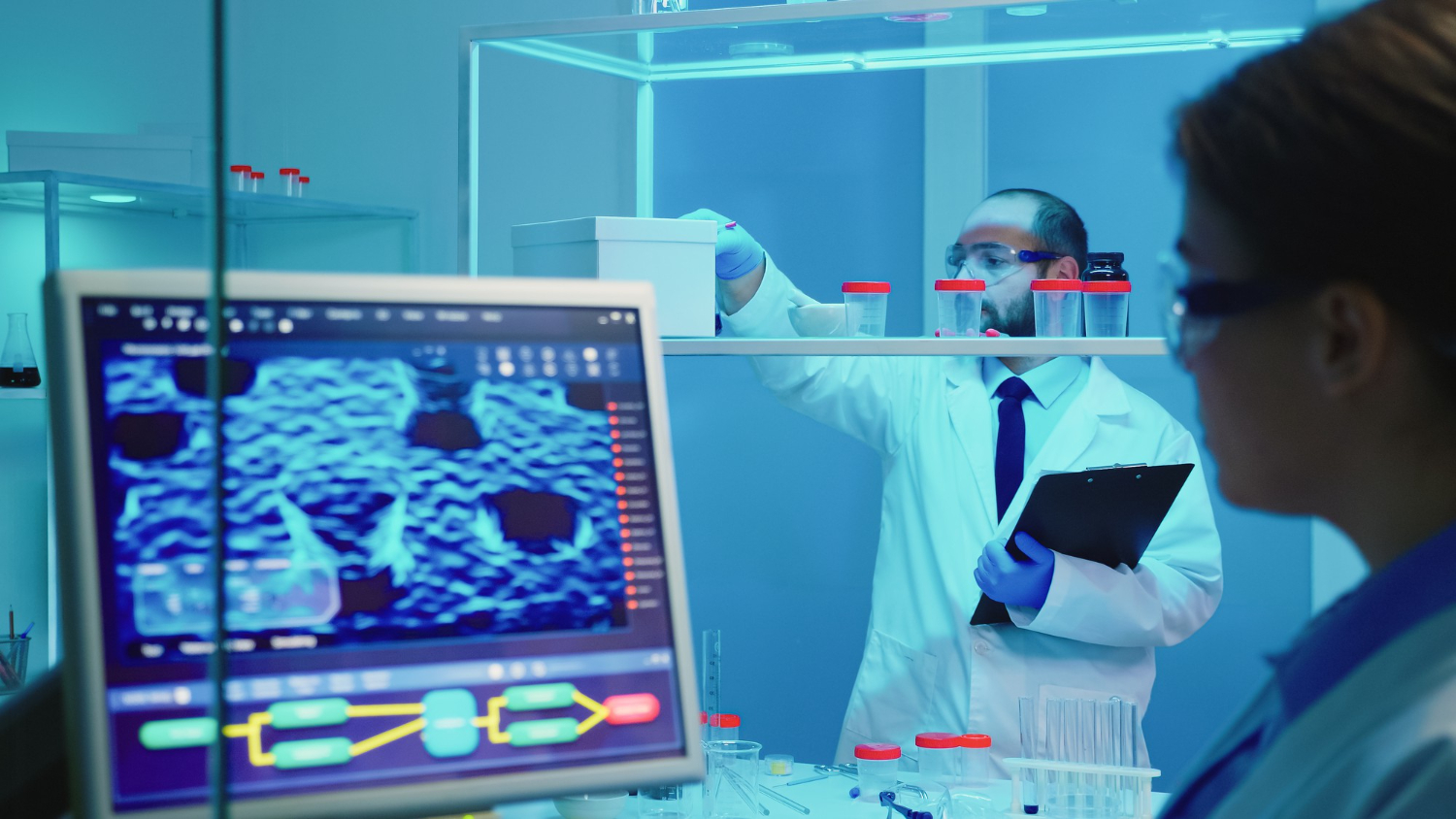Real-Time Vision Innovations in Computer Processing
Real-time vision innovations are changing how computer systems process data. Industries need fast and accurate vision systems for tasks like quality control, automation, and predictive maintenance. These systems analyse images and video streams instantly, reducing latency and improving decision-making. High-performance computing makes this possible by combining advanced hardware and intelligent algorithms.
Why Real-Time Vision Matters
Modern applications demand speed. A delay of even a few milliseconds can cause errors in automated production lines or autonomous vehicles. Real-time vision systems process data as it arrives, ensuring immediate feedback. This capability supports safety, efficiency, and precision in critical environments.
Computer vision applications now go beyond simple image recognition. They include defect detection, object tracking, and predictive analytics. High-resolution cameras capture detailed images, and machine learning models interpret them quickly. Deep learning adds another layer of intelligence, enabling systems to recognise complex patterns and adapt to changing conditions.
Read more: AI-Driven Drug Discovery: The Future of Biotech
How Computer Processing Enables Real-Time Vision
The brain of the computer is the central processing unit (CPU). It executes data and instructions at high speed. Modern CPUs have multiple cores, allowing parallel processing. This design improves throughput and reduces latency. Random access memory (RAM) stores temporary data for quick access, supporting smooth operations.
A computer system relies on a control unit to manage tasks. It directs data flow between components and ensures synchronisation. When vision systems process large volumes of data, this coordination becomes critical. High-performance hardware combined with efficient software delivers the speed required for real-time vision innovations.
Edge computing plays a key role. Instead of sending data to remote servers, processing happens near the source. This reduces latency and improves reliability. For example, a factory using edge devices can analyse images locally, making instant decisions without waiting for cloud responses.
Components Behind Real-Time Vision Systems
Real-time vision systems depend on several elements working together:
-
High-resolution sensors capture detailed images for accurate analysis.
-
Multiple cores in CPUs handle parallel tasks, speeding up data processed.
-
RAM ensures quick access to temporary data during computation.
-
Control units manage operations and maintain system stability.
These components form a computer functional structure that supports demanding vision applications. When combined with machine learning and deep learning models, they enable advanced capabilities like predictive maintenance and automated quality control.
Read more: AI Vision for Smarter Pharma Manufacturing
Machine Learning and Deep Learning in Vision Applications
Machine learning algorithms classify objects, detect anomalies, and predict outcomes. Deep learning models go further by recognising complex patterns in high-resolution images. These models require significant computing power and memory. Multiple cores and optimised control units ensure efficient execution.
Data processed by these models improves over time. As systems learn from new inputs, accuracy increases. This adaptability makes real-time vision systems suitable for dynamic environments such as manufacturing, healthcare, and transportation.
Reducing Latency for Better Performance
Latency is the delay between input and response. In real-time vision applications, reducing latency is essential. High-performance CPUs with multiple cores process data faster. Edge computing eliminates delays caused by network transmission. Efficient control units coordinate tasks to avoid bottlenecks.
When latency drops, systems respond instantly. This improves safety in autonomous vehicles and precision in robotic assembly lines. Real-time feedback also enhances quality control, ensuring products meet strict standards.
Read more: The Impact of Computer Vision on The Medical Field
Quality Control and Industrial Applications
Industries use real-time vision systems for quality control. Cameras inspect products on production lines, and machine learning models detect defects. High-resolution imaging ensures even small flaws are visible. Data processed in real time allows immediate corrective action, reducing waste and improving efficiency.
Computer vision applications extend to logistics, packaging, and predictive maintenance. Systems monitor equipment for signs of wear and schedule repairs before failures occur. This proactive approach saves costs and prevents downtime.
Building a High-Performance Computer System for Vision
A computer system designed for real-time vision must balance speed, memory, and reliability. The CPU acts as the brain of the computer, executing instructions rapidly. Multiple cores enable parallel processing, while RAM supports fast data access. The control unit ensures smooth coordination between components.
Edge computing adds flexibility. By processing data locally, systems avoid delays and maintain performance even in remote locations. Combining these elements creates a robust platform for demanding vision applications.
Integration with AI for Smarter Vision Systems
Real-time vision systems gain more value when combined with AI. Machine learning models classify objects and detect anomalies quickly. Deep learning adds advanced pattern recognition, making systems adaptive. These models process data from high-resolution cameras and improve accuracy with every cycle. As more data is processed, predictions become sharper and more reliable.
AI-driven vision systems support predictive maintenance. They monitor equipment and forecast failures before they occur. This reduces downtime and saves costs. In healthcare, real-time vision helps analyse medical images instantly, supporting faster diagnoses. In logistics, it tracks packages and ensures correct routing. These applications show how computer vision systems transform operations across sectors.
Read more: High-Throughput Image Analysis in Biotechnology
Hardware Optimisation for Real-Time Performance
Hardware design is critical for real-time vision innovations. The CPU remains the brain of the computer, executing instructions at high speed. Multiple cores allow parallel processing, which is essential for handling large image datasets. Random access memory provides quick storage for temporary data, ensuring smooth performance.
The control unit coordinates all operations. It directs data and instructions between components without delays. When combined with edge computing, this setup reduces latency significantly. Processing data near the source avoids network bottlenecks and improves reliability. High-performance hardware ensures that vision systems meet demanding requirements in industrial and commercial environments.
Edge Computing and Local Processing Advantages
Edge computing changes how data is processed. Instead of sending images to distant servers, analysis happens locally. This approach reduces latency and improves response times. For example, in autonomous vehicles, decisions must occur in milliseconds. Edge devices process sensor data instantly, ensuring safety and precision.
Factories also benefit from edge computing. Vision systems inspect products on-site and trigger immediate corrections. This prevents defective items from moving further down the line. Local processing also enhances security by keeping sensitive data within the facility. Combined with robust CPUs and sufficient RAM, edge computing creates a powerful platform for real-time vision applications.
Quality Control and Operational Efficiency
Quality control depends on speed and accuracy. Real-time vision systems inspect products as they move through production lines. High-resolution cameras capture every detail, and machine learning models identify defects instantly. This process reduces waste and improves efficiency. When data is processed in real time, corrective actions happen without delay.
Industries such as automotive, electronics, and food production rely on these systems. They maintain strict standards and avoid costly recalls. Vision systems also support compliance by documenting inspections and storing results securely. This transparency builds trust and ensures regulatory requirements are met.
Preparing for Future Demands
The demand for real-time vision innovations will grow. High-resolution sensors will become more advanced, capturing richer data. CPUs with more cores will handle complex tasks effortlessly. RAM capacity will increase to support larger datasets. Control units will evolve to manage even more intricate workflows.
Edge computing will become standard in industrial environments. Combined with AI, vision systems will not only analyse but also predict and optimise processes. Integration with robotics will enable fully automated operations. These trends point to a future where computer vision applications drive efficiency and safety across all sectors.
Read more: Pattern Recognition and Bioinformatics at Scale
Future Trends in Real-Time Vision Innovations
Real-time vision innovations will continue to evolve. Advances in deep learning will enable more accurate predictions and adaptive systems. High-resolution sensors will capture richer data, and CPUs with more cores will handle complex tasks effortlessly. Edge computing will become standard, reducing reliance on centralised servers.
Integration with other technologies like robotics and IoT will expand possibilities. Vision systems will not only monitor but also control processes autonomously. This convergence will transform industries, making operations faster, safer, and more efficient.
How TechnoLynx Can Help
TechnoLynx supports businesses in adopting real-time vision innovations. We design computer vision applications tailored to your needs, from quality control to predictive analytics. Our solutions combine high-performance hardware, machine learning models, and edge computing for maximum efficiency.
We optimise computer systems with advanced CPUs, multiple cores, and sufficient RAM to handle demanding tasks. Our team ensures smooth integration with existing workflows and provides ongoing support. With TechnoLynx, you gain a partner committed to improving speed, accuracy, and reliability in your operations. Contact us now to start collaborating!
Image credits: Freepik

